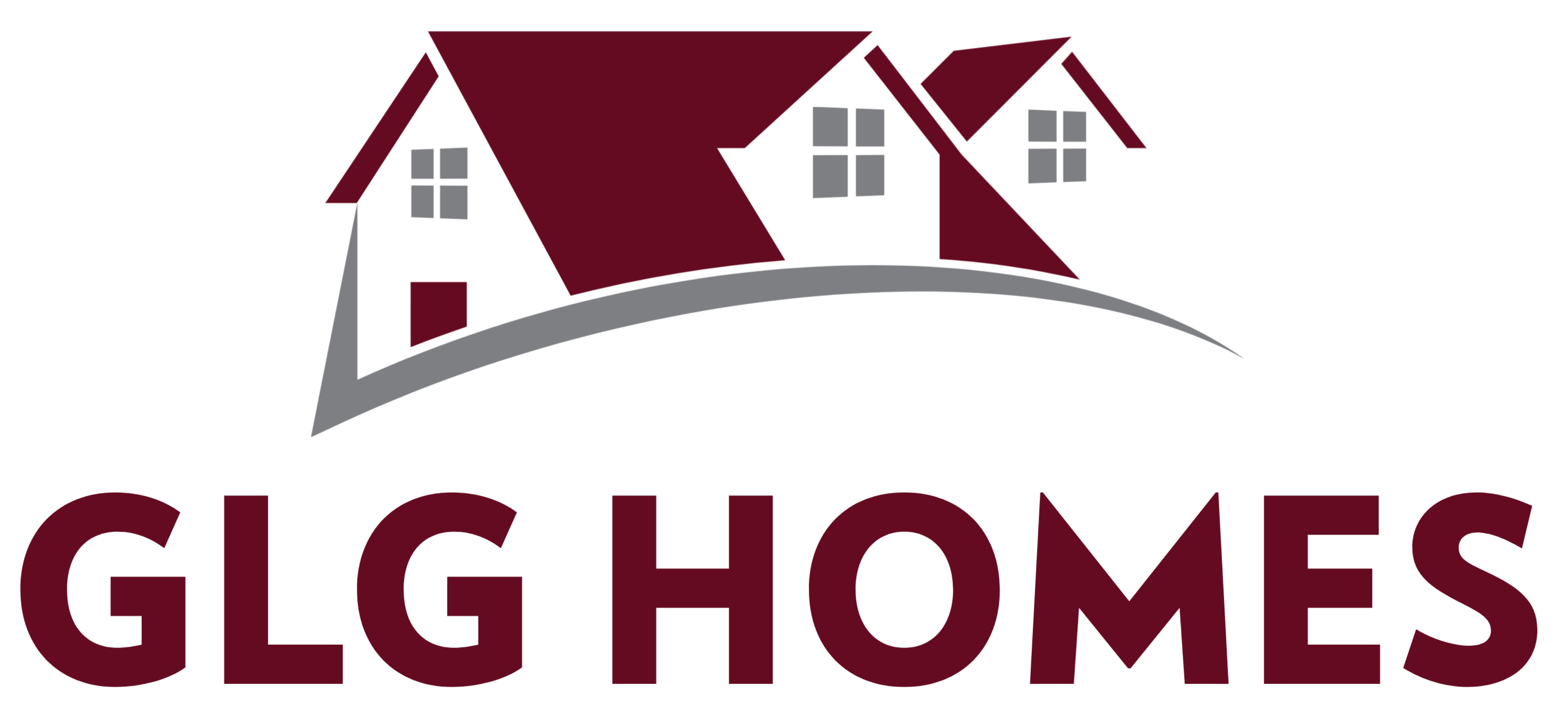Successful kitchen designs seamlessly combine function and style
From layout and functionality to aesthetics and ambiance. By incorporating key principles into your kitchen design, you can create a space that not only looks beautiful but also functions seamlessly for your everyday needs.
Layout Optimization
The layout of your kitchen is fundamental to its functionality. Aim for a layout that facilitates efficient workflow and minimizes unnecessary movement. The classic work triangle—formed by the sink, stove, and refrigerator—remains a guiding principle in kitchen design. Ensure that these three elements are positioned in close proximity to one another, allowing for easy access and smooth transitions between tasks. Additionally, consider factors such as counter space, storage, and traffic flow when planning your kitchen layout to maximize usability and convenience.
Ample Storage Solutions
Effective storage solutions are essential for keeping your kitchen organized and clutter-free. Incorporate a mix of cabinets, drawers, and shelving to accommodate different types of items, from cookware and appliances to pantry staples and utensils. Utilize vertical space with tall cabinets or open shelving to make the most of limited square footage. Consider incorporating specialized storage solutions, such as pull-out shelves, lazy susans, and drawer dividers, to optimize space and improve accessibility. By maximizing storage capacity, you can create a tidy and functional kitchen that enhances your cooking experience.
Lighting Design
Proper lighting is key to enhancing the functionality and ambiance of your kitchen. Incorporate a layered lighting scheme that combines ambient, task, and accent lighting to illuminate different areas of the space. Overhead fixtures, such as recessed lights or pendant lamps, provide general illumination, while under-cabinet lighting helps illuminate work surfaces for food preparation. Task lighting, such as adjustable track lights or pendant lights over the island, ensures adequate visibility for cooking and other tasks. Additionally, consider incorporating natural light through windows or skylights to create a bright and inviting atmosphere.
Material Selection and Finishes
The materials and finishes you choose can significantly impact the overall look and feel of your kitchen. Opt for durable and easy-to-clean materials, such as quartz countertops, ceramic tile backsplashes, and hardwood or laminate flooring, that can withstand the rigors of daily use. Consider incorporating a mix of textures and finishes to add visual interest and dimension to the space. Choose cabinetry hardware, faucets, and fixtures that complement your chosen aesthetic, whether it’s sleek and contemporary or rustic and traditional. By carefully selecting materials and finishes, you can create a cohesive and visually stunning kitchen that reflects your personal style.
Personalized Touches and Accessories
Lastly, infuse your kitchen with personalized touches and accessories that reflect your personality and lifestyle. Display decorative items, such as artwork, plants, or vintage cookware, to add character and warmth to the space. Incorporate functional accessories, such as knife blocks, spice racks, and utensil holders, to keep essential items within reach while adding style to your kitchen decor. Consider incorporating a statement piece, such as a colorful rug or statement light fixture, to infuse the space with personality and create a focal point. By adding these personalized touches and accessories, you can transform your kitchen into a welcoming and stylish hub for cooking, dining, and entertaining.
Work with Your Kitchen Design Team
Kitchen design requires careful attention across the board. Work with your design team to layout optimization, storage solutions, lighting design, material selection, and personalized touches. By incorporating these key principles into your kitchen design, you can create a functional and stylish space that enhances your culinary experience and reflects your unique aesthetic sensibilities.

